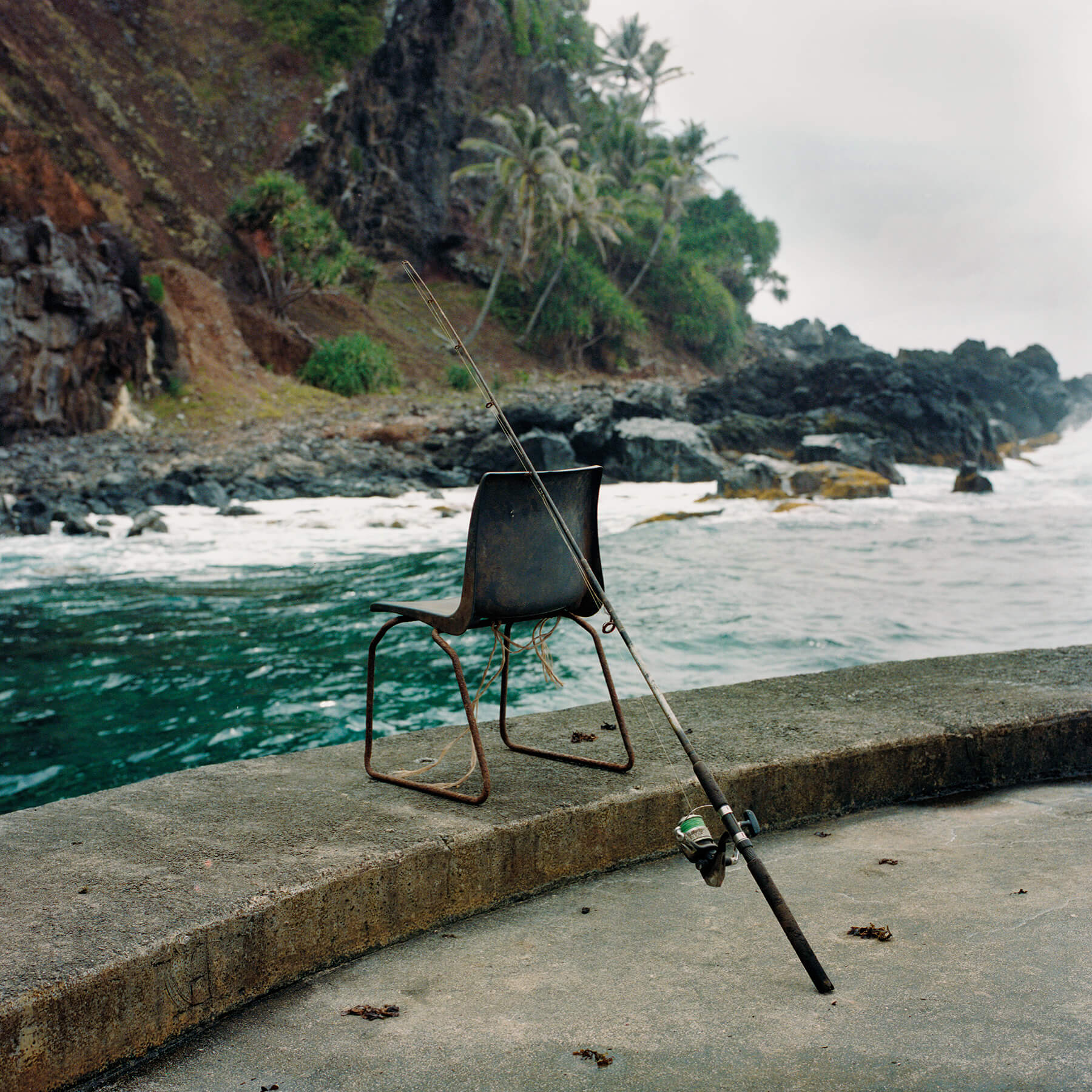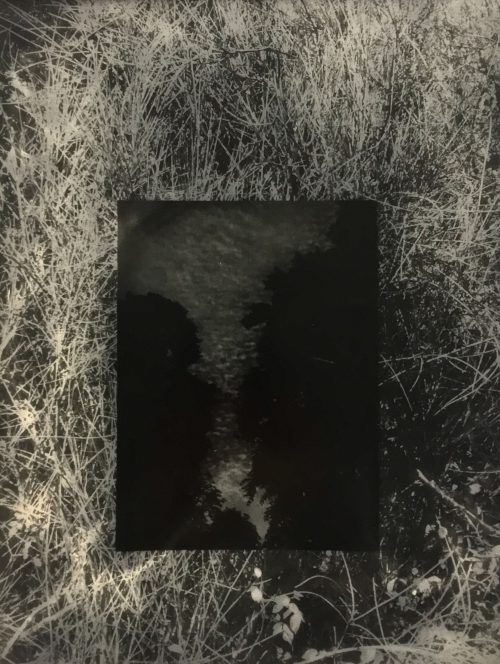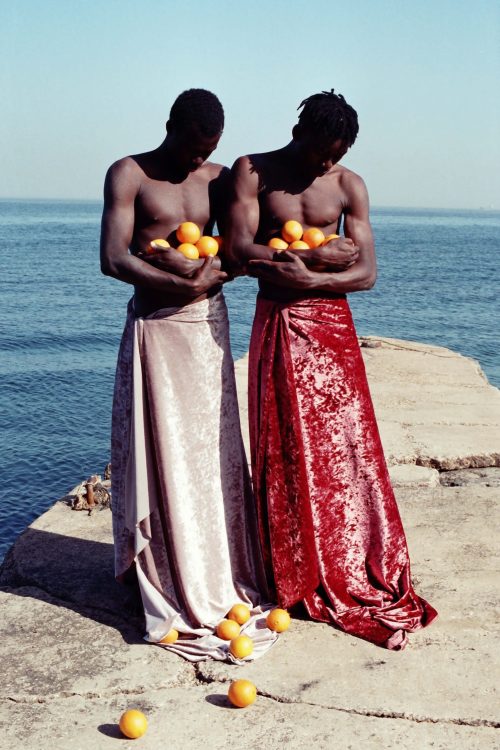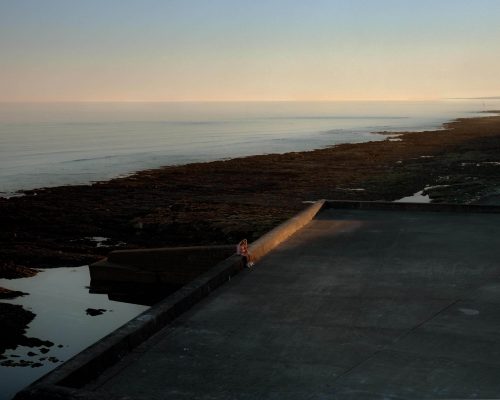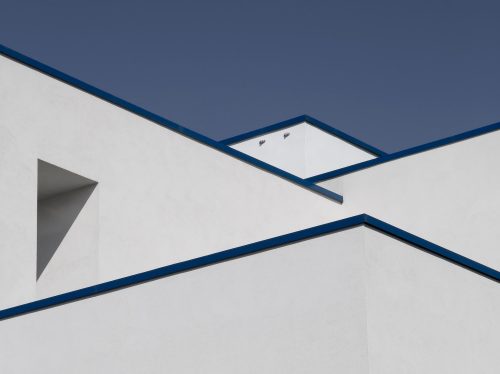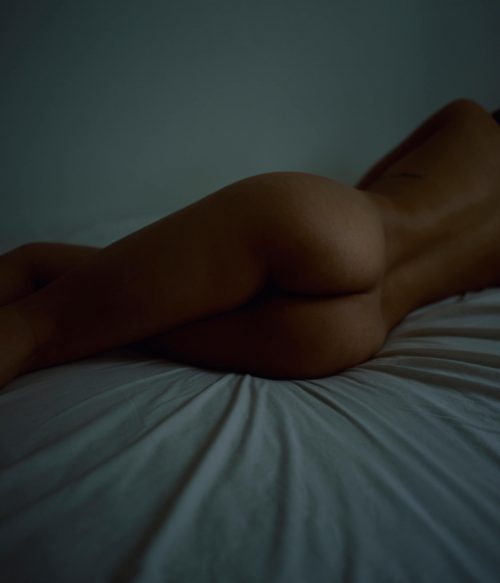Description
Artwork info
“Steve Christian’s fishing rod leans against an empty chair at the landing point in Bounty Bay, known to islanders as ‘Down Landing’. The seas were usually teeming with fish, with Steve sometimes hauling five on one a line at a time. Today, however, was a slow day and Steve’s frustration was visible. He had been determined to make a show for me, to reveal his prowess, that he still ‘had it’.
This was taken on my early days on Pitcairn, but the Landing point would become the backdrop for many a fishing day. It was one of the few places where the sea was easy to access. One night, I was down at the Landing fishing, aiming to catch fish for Nola, who craved the Nanwe, but could no longer catch them herself. I was determined to win her over. I was top be unlucky, as any fish I had caught was promptly snatched from my line by small sharks circling in the bay.
The next day I mentioned this fact to Olive, and later that night, when I was down at the Landing fishing again, and heard the sound of approaching quad bikes, to see Steve, Olive and her brother Dave appear, complete with game fishing poles.
The announcement about Pitcairn’s marine reserve had just been announced, but it seemed far from the islanders’ minds. They had another plan – to catch the baby sharks, and forcibly remove their jaws in order to harvest their teeth to inset into their wooden shark carvings as saleable curio. It was a bloodbath. I had hoped that the sharks wouldn’t appear, but they did. I watched, helplessly as they were bludgeoned and mutilated, and left gasping for air on the dock.
After the troupe blazed off with their haul of teeth, a man I had come to know, Andy (who was visiting from the UK on an RSPB trip to document birds in the Overseas Territories) and I spent the night filleting
the sharks. Islanders scoffed at the idea of eating them, and we had thought that perhaps off islanders, like the New Zealand police officer, John, and his wife Linda would have made the ordeal worthwhile.
What we didn’t know, however, was that to render shark edible, their tails must be removed immediately to prevent the spread of bitter mercury. A fact I will now never forget, when our hours of labour were rejected, and the sharks went to waste.
When Andy returned to the UK, he reported the shark incident, which revealed the islanders’ flagrant disregard for the rules of the marine reserve (while at the same time they had sought to monetise it). It was the same Pitcairn story – that the rules only went one way, and somehow didn’t apply to the Pitcairners themselves.
I was asked to supply images from the night, which I had recorded digitally, and did so without qualms. As a result, islanders are now banned from shark fishing in their own waters. After their outcry over loss of funds brought in by the shark carvings, it was agreed that the government would supply each family with an imported stash of shark teeth, ethically gathered from beaches elsewhere in the Pacific, a somewhat bizarre dispensation.” – Rhiannon Adam
_
CONTACT | tom@opendoors.gallery
_
_
Big Fence / Pitcairn Island
The Pitcairn Islands are the last British Overseas Territory in the South Pacific. Pitcairn was permanently settled by the infamous Bounty mutineers and their Polynesian captives in 1790, and their descendents, now numbering fewer than 40, still live there today.
The tiny, isolated, volcanic island measures just two by one miles, is 400 nautical miles away from its nearest neighbour, and is the least populated jurisdiction in the world. Due to the infrequent supply ship schedule (the island’s only direct access), Rhiannon Adam was trapped on Pitcairn for three months, spending two of those living at Big Fence… READ MORE
_
_
Artist Bio
Rhiannon Adam is a photographic artist, born in Cork, Ireland, in 1985. She currently lives and works between London and the US.
In 1992, her parents sold everything they owned and bought a live-aboard sailing boat, Jannes. From that point, her childhood became nomadic, moving from place to place, mainly around South America and the Caribbean. She eventually moved to London as a teenager to live her with aunt, enabling her to begin mainstream education. She later studied at Central Saint Martins College of Art and Design and at the University of Cambridge.
Adam’s work is centred on research-based, long-form, social documentary projects that make use of analogue photographic processes and archive materials, as well as her on-going obsession with Polaroid and the materiality of the photographic image. Her early life experiences have had a lasting influence on her work, with a focus on remote communities, the concept of utopia, and the fine line between fact and fiction… READ MORE
_


